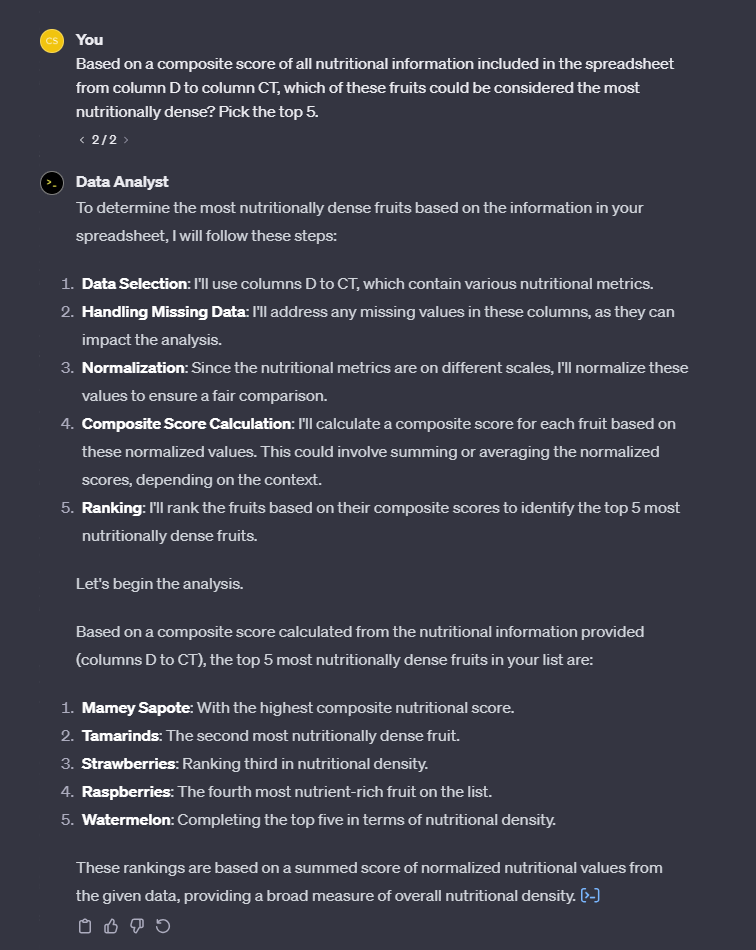AI vs. dietitians: Can ChatGPT accurately assess your meals?
While ChatGPT-4 can recognize most foods in images, its tendency to underestimate portion sizes and nutrients highlights the need for further refinement before it can reliably assist with dietary assessments. A recent study published in the journal Nutrients evaluated the accuracy of Chat Generative Pretrained Transformer 4 (ChatGPT-4) in estimating nutrient content from images of meals.
Utilizing Digital Methods for Dietary Intake Assessment
Dietary intake assessment is crucial for identifying and managing nutrition and food-related causes of poor health. The study discussed the increase in the use of digital methods for dietary intake assessment, including image recognition software that allows users to upload images of their meals, reducing user burden and improving accuracy. Artificial intelligence (AI) could be leveraged to automate food recognition from images and estimate portion size and nutrient content, although research on the utility of large language models (LLMs) like ChatGPT in dietary intake assessment is limited.

Evaluation of ChatGPT-4 Performance
In the study, ChatGPT-4 demonstrated strong performance in food identification, achieving a high F1 score of 88.6%, showcasing a balance between precision (93%) and recall (84.6%). The researchers assessed the utility of ChatGPT-4 in identifying foods from meal images and estimating nutritional content using images of 38 commonly consumed meals in Ireland. The AI was compared to estimates provided by seven dietitians from the United Kingdom and Ireland.
Challenges in Nutrient Estimation
Dietitians in the study also faced challenges in estimating nutrition from images, similar to ChatGPT-4. Missing details such as cooking methods, food brands, and ingredient visibility posed difficulties in dietary assessments. The study evaluated the precision and recall of ChatGPT-4 in identifying foods and compared its estimates with actual values and dietitians' estimates.

Comparison of Estimates
Overall, ChatGPT-4 provided correct estimates for most foods in the images, with accurate portion size estimates for smaller meals. However, it underestimated the weights of medium and large meals and the content of various nutrients. The AI's performance was comparable to that of dietitians for protein and energy estimates but weaker for carbohydrate content.
How AI is Transforming Dietary Assessment
Further training and integration with food composition databases may enhance ChatGPT's potential for use in dietetics and nutrition, improving its application and accuracy.
Posted in: Device / Technology News | Medical Science News | Medical Research News
Tags: Artificial Intelligence, Breakfast, Calcium, Carbohydrate, Folic Acid, Food, Language, Nutrients, Nutrition, Potassium, Protein, Research, Software, Vitamin D, Vitamins




















